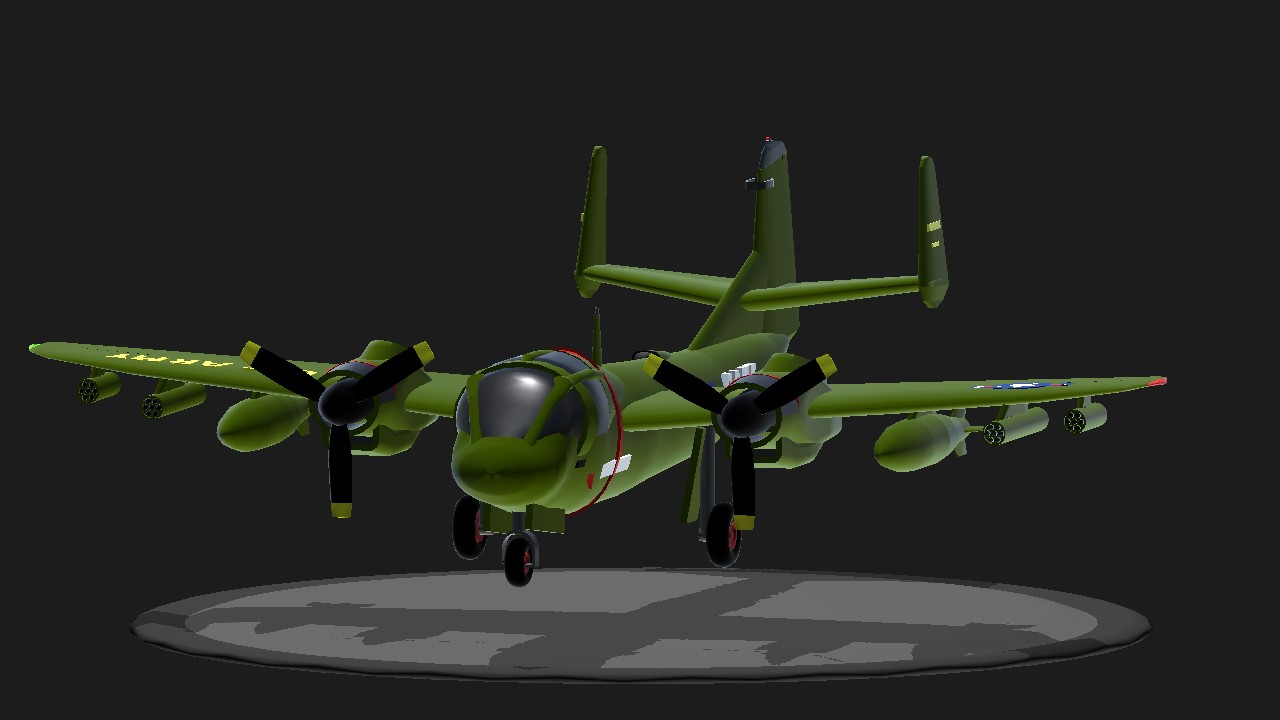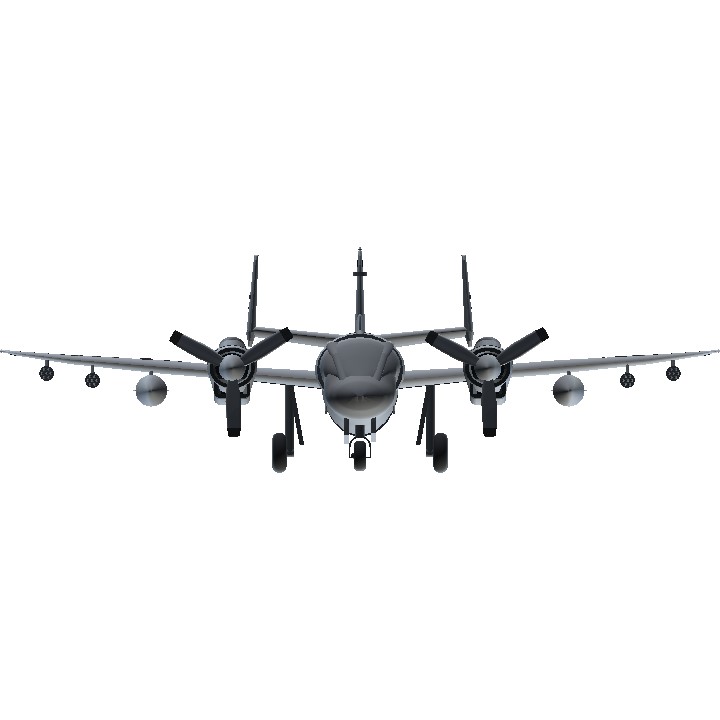Hey Guys!
INTRODUCTION:
The Grumman OV-1 Mohawk is an armed military observation and attack aircraft that was designed for battlefield surveillance and light strike capabilities. It has a twin turboprop configuration, and carries two crew members in side-by-side seating. The Mohawk was intended to operate from short, unimproved runways in support of United States Army maneuver forces.
HISTORY:
The Mohawk began as a joint Army-Marine program through the then-Navy Bureau of Aeronautics (BuAer), for an observation/attack plane that would outperform the Cessna L-19 Bird Dog. In June 1956, the Army issued Type Specification TS145, which called for the development and procurement of a two-seat, twin turboprop aircraft designed to operate from small, unimproved fields under all weather conditions. It would be faster, with greater firepower, and heavier armour than the Bird Dog, which had proved vulnerable during the Korean War. The Mohawk's mission would include observation, artillery spotting, air control, emergency resupply, naval target spotting, liaison, and radiological monitoring. The Navy specified that the aircraft must be capable of operating from small "jeep" escort class carriers (CVEs). The DoD selected Grumman Aircraft Corporation's G-134 design as the winner of the competition in 1957. Marine requirements contributed an unusual feature to the design. As originally proposed, the OF-1 could be fitted with water skis that would allow the aircraft to land at sea and taxi to island beaches at 20 knots (37 km/h). Since the Marines were authorized to operate fixed-wing aircraft in the close air support (CAS) role, the mockup also featured underwing pylons for rockets, bombs, and other stores.
The prototype (YAO-1AF) first flew on April 14, 1959. The OV-1 entered production in October 1959.
In mid-1961, the first Mohawks to serve with U.S. forces overseas were delivered to the 7th Army at Sandhofen Airfield near Mannheim, Germany. Before its formal acceptance, the camera-carrying AO-1AF was flown by Ralph Donnell on a tour of 29 European airfields to display it to the U.S. Army field commanders and potential European customers. In addition to their Vietnam and European service, SLAR-equipped Mohawks began operational missions in 1963 patrolling the Korean Demilitarized Zone. Germany and France showed early interest in the Mohawk, and Grumman actually signed a license production agreement with the French manufacturer Breguet Aviation in exchange for American rights to the Atlantic maritime patrol aircraft.
The last of the Mohawk versions to enter production was the OV-1D with more powerful T53-701 engines, improved avionics, and interchangeable mission pallets that made it possible to switch the aircraft from infrared to SLAR configuration in about an hour. The first four OV-1Ds were prototypes converted from earlier production airframes, and the first flew in 1969. These were followed by 37 new-build aircraft, the last of which was delivered in December 1970.
GENERAL DESCRIPTION :
Role: light attack and observation aircraft
National origin: United States
Manufacturer: Grumman
First flight: 14 April 1959
Introduction: October 1959
Retired: September 1996 (USA), 2015 (Argentina)
Primary users: United States Army
Argentine Army Aviation
Produced: 1959–1970
CONTROLS:
AG1: Drop fuel tanks
AG8: Lights
Trim: Flaps
HAVE FUN :D
Specifications
Spotlights
- Trainzo 4.4 years ago
General Characteristics
- Predecessor ! Mohawk
- Successors 2 airplane(s) +156 bonus
- Created On Android
- Wingspan 65.1ft (19.9m)
- Length 56.8ft (17.3m)
- Height 20.3ft (6.2m)
- Empty Weight 20,174lbs (9,150kg)
- Loaded Weight 39,108lbs (17,739kg)
Performance
- Horse Power/Weight Ratio 0.191
- Wing Loading 17.8lbs/ft2 (86.9kg/m2)
- Wing Area 2,197.8ft2 (204.2m2)
- Drag Points 19251
Parts
- Number of Parts 287
- Control Surfaces 14
- Performance Cost 1,115







Nice
Nice build and original plane .